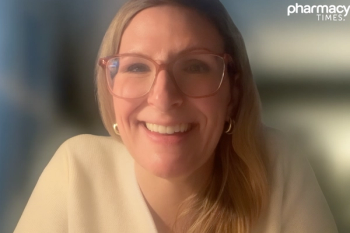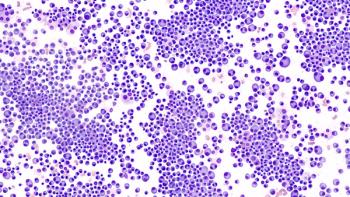
Keeping Medications Out of the Wrong Hands
When it comes to poison prevention, the pharmacist's role extends far beyond dispensing the right medication to the right patient.
By Kate H. Gamble, Senior Editor
Pharmacists invest a great deal of time thinking about the medications that patients take—but what about the drugs they don’t take?
According to the National Community Pharmacists Association (NCPA), as many as 40% of medications dispensed outside of hospitals are not taken, generating nearly 200 million pounds of unused pharmaceuticals
A number of organizations, including NCPA and the Drug Enforcement Association (DEA), are encouraging patients to properly dispose of expired, unused, or unwanted medications in recognition of Poison Prevention Week (March 20-26). They are also urging pharmacists to help educate patients on the dangers of having potentially hazardous drugs in their home.
The Centers for Disease Control and Prevention
But what’s perhaps most concerning is the source of these medications. Studies have shown that a majority of abused prescription drugs are obtained from family and friends. Too often, medications are kept in the home long after the intended patient has ceased taking them, largely because people don’t know how—or where—to properly dispose of them.
One solution is National Prescription Drug Take-back Day, an event being held by the DEA at sites across the country on Saturday, April 30, 2011 (to locate a collection site, click
However, although these one-time events have been successful in collecting potentially hazardous medications, more solutions are needed to tackle what seems to be a growing problem.
Another option for patients looking to clean out their medicine cabinets is to take medications back to the pharmacy. A number of chain stores, including
For the time being, controlled substances are excluded from these programs due to federal regulations. The DEA, however, is working with stakeholders to draft rulemaking to implement the Secure and Responsible Drug Act of 2010, a law passed in October, 2010 to provide a mechanism for patients to dispose of controlled substances by delivering them to authorized entities, according to the
In the meantime, pharmacists can utilize tools like personalized medication lists to help patients keep track of the different types of medications they are taking, and develop a more clear understanding of the dangers of drug interactions or misuse. Creating a centralized list of medications, such as
For more information on poison prevention, click on the links below.
Resources for Pharmacists:
Patient Education:
Newsletter
Stay informed on drug updates, treatment guidelines, and pharmacy practice trends—subscribe to Pharmacy Times for weekly clinical insights.


















































































































































































































